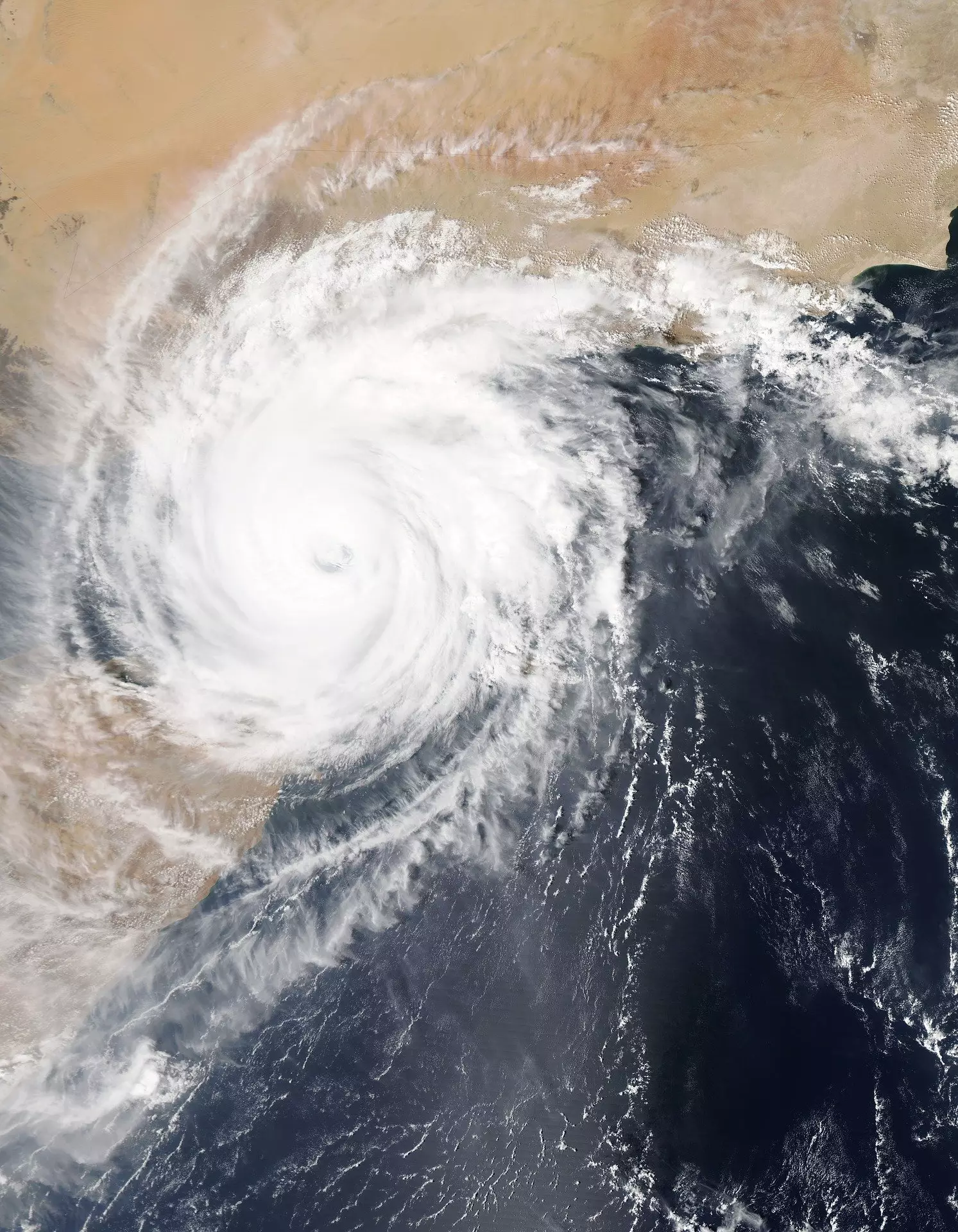Tropical cyclones are devastating natural disasters that can wreak havoc on communities if not predicted accurately and in a timely manner. The current forecasting methods provide only up to five days of warning, leaving very little time for preparation. However, a recent study published in the Journal of Geophysical Research proposes a new hybrid model that could potentially extend this warning period to up to two weeks.
The researchers combined the strengths of two different models to create a more accurate and longer-range forecasting tool. The Weather Research and Forecasting (WRF) Model provides high-resolution simulations of the processes within a tropical cyclone, but may fall short in predicting intensity levels due to its limited ability to capture changing environmental factors. On the other hand, the machine learning model called Pangu-Weather (Pangu) is better at predicting storm paths but lacks resolution to capture smaller-scale variability.
The study conducted six experiments over a two-week period to test the effectiveness of their hybrid model. Using the longest-lasting tropical cyclone on record, named Freddy, as a case study, the researchers found that their approach significantly improved tracking and intensity forecasts compared to using either model individually. The hybrid model was able to extend accurate predictions from five to seven days and closely matched Freddy’s path and intensity for the entire two-week period.
The authors of the study suggest that with further testing on various tropical cyclone cases, their hybrid modeling approach could potentially extend the warning time beyond two weeks. This extension could significantly benefit at-risk communities by providing them with more time to prepare for major storms. By combining the strengths of physics-based and machine learning models, the researchers have paved the way for more accurate and timely tropical cyclone predictions.
The research presents a promising advancement in tropical cyclone prediction, offering hope for increased warning times and better preparedness for communities in the face of these destructive storms. The hybrid modeling approach showcases the importance of combining different modeling techniques to overcome the limitations of individual models and improve forecasting accuracy. As technology continues to advance, the potential for longer-range and more precise tropical cyclone predictions becomes increasingly feasible.


Leave a Reply